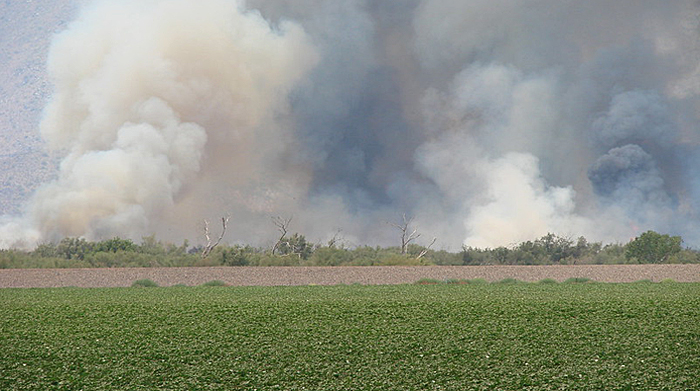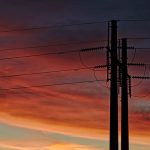Gridscope Sensors Aim to Boost Utility Wildfire Resiliency

Image courtesy of Kevin Spencer under Attribution-NonCommercial 2.0 Generic License, resized to 700 x 391 pixels.
Washington-based Puget Sound Energy (PSE) is piloting the use of Gridscope sensors, which are devices mounted on utility poles designed to enhance wildfire situational awareness. These solar-powered sensors essentially serve as the utility’s ‘eye in the sky’ when it comes to wildfire detection and mitigation. Here’s a closer look at the technology and the pilot.
Details of PSE’s Gridscope Pilot
PSE is installing 250 of the toaster-sized sensors across 7 miles of overhead circuits in 2 counties. Installation is easy, requiring only 4 screws. In addition, because they are installed under each pole’s electrical connections, the power can stay on during the installation process without compromising worker safety.
According to the utility, the sensors are expected to accomplish 3 primary objectives:
- Reduce the risk of widespread wildfire damage.
- Provide high-impedance fault detection.
- Accelerate restoration by rapidly identifying disturbances and their locations.
The sensors measure a variety of performance indicators, including vibration, temperature, sound, and electric field. Each metric feeds an algorithm that is analyzed and processed via machine learning.
If a disturbance is detected, the system aims to first categorize the nature of the disturbance – i.e., the first step is to determine the general cause of the issue, whether it be animal damage, vegetation contact, downed wires, decayed power pole, or something else. This information is then pushed to the designated PSE stakeholders for awareness and/or action.
It’s not difficult to understand why PSE is testing the Gridscope sensors. Like California and other states in the western part of the U.S., PSE’s Washington State service territory means that the risk of wildfires is extremely high. And, unlike some other methods of fire detection, the Gridscope devices will continue to function even during an outage since they are solar-powered.
From an emergency preparedness perspective, utilization of wildfire prevention mechanisms like the Gridscope sensors truly seems like a no-brainer.



